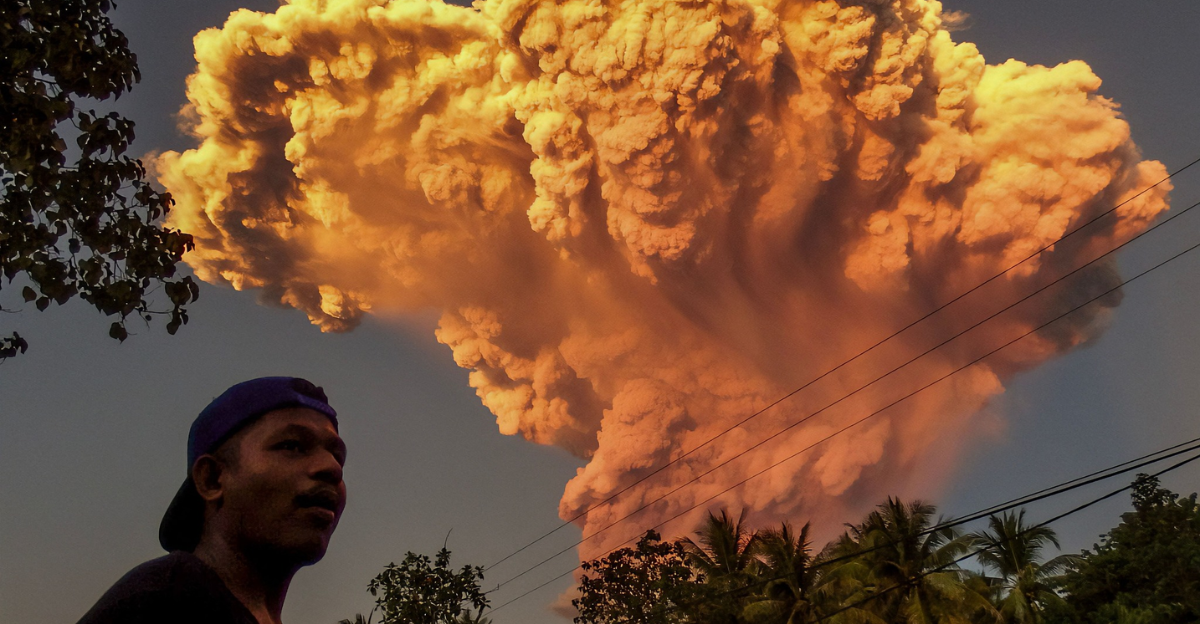
Mount Lewotobi Laki-laki volcano in eastern Indonesia roared back to life on September 20, 2025, according to the Center for Volcanology and Geological Hazard Mitigation. The dramatic eruption sent towering ash columns up to 6 kilometers (approximately 20,000 feet) into the sky, creating an ominous spectacle that reminded residents why this region earned its fearsome reputation. Reports from Indonesia’s geological monitoring agency confirm this marks a significant escalation in volcanic activity within the Pacific Ring of Fire.
Airport Closures and Flight Chaos as Volcanic Ash Spreads Across Island
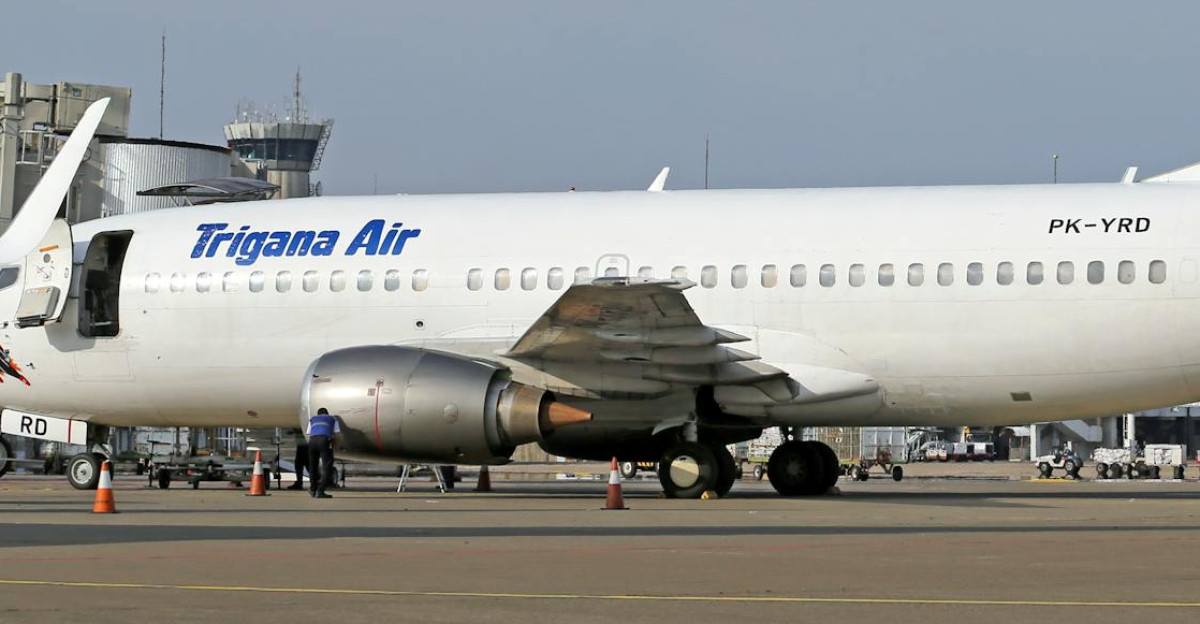
The powerful eruption immediately forced the closure of Maumere’s Frans Seda Airport, suggests aviation safety reports, creating travel disruptions that rippled across the region. Officials warned that the volcanic ash posed serious risks not only to aircraft engines but also to the broader infrastructure supporting local communities. Data from the geological agency indicates that ash plumes drifted westward, creating hazardous conditions for both ground and air operations.
Indonesia’s Most Volatile Peak Shows Centuries of Dangerous Activity
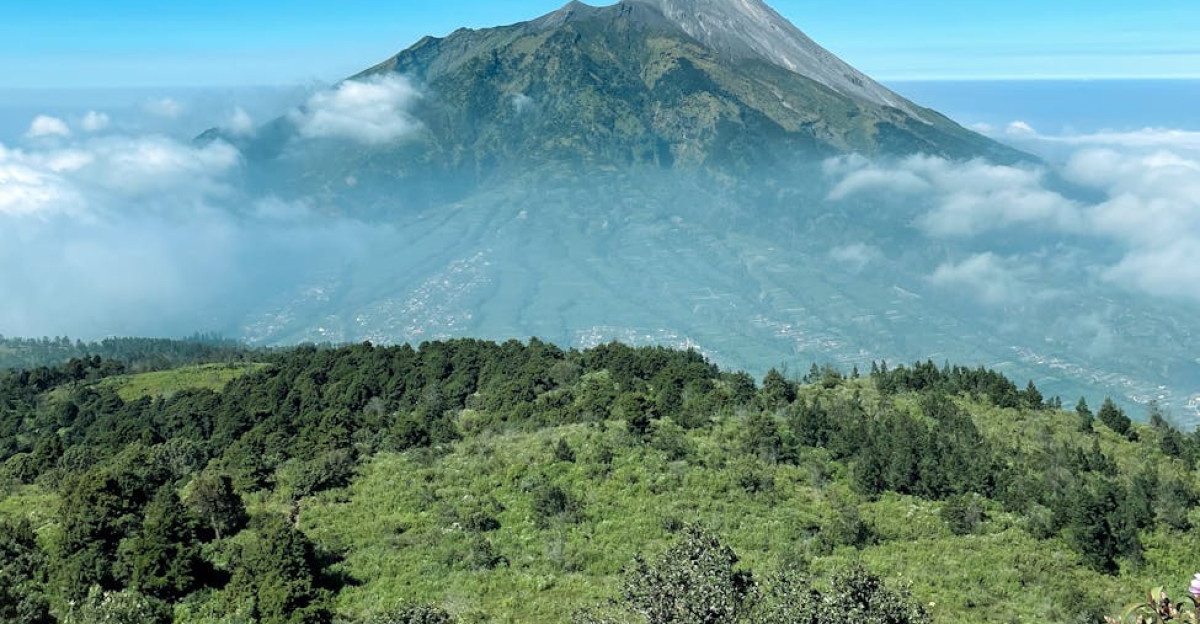
Lewotobi Laki-laki stands among Indonesia’s most temperamental volcanoes, with documented eruption records stretching back to the 19th century. The Center for Volcanology and Geological Hazard Mitigation maintains constant surveillance of this 1,584-meter peak through an extensive network of seismic monitoring equipment. Scientists track every tremor and ground deformation signal in their ongoing effort to predict when the mountain will next release its pent-up energy.
Warning Signs Escalate as Scientists Record Ominous Underground Activity
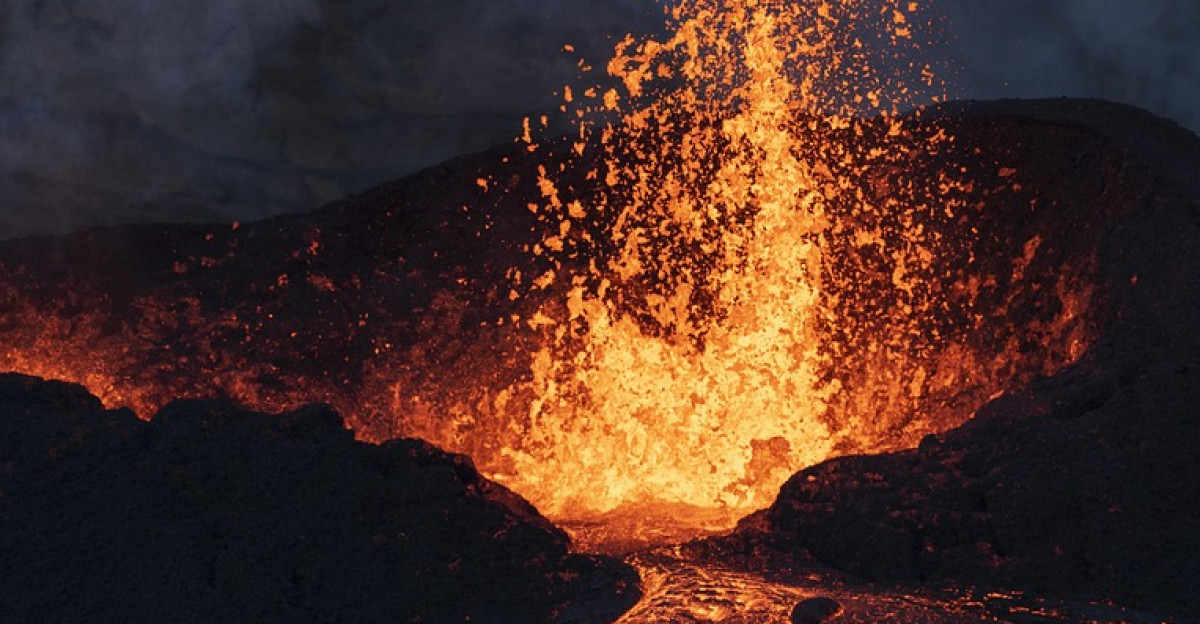
In the critical week before the September 20 eruption, monitoring stations detected alarming increases in seismic activity around Lewotobi Laki-laki, reports from the volcanic observatory confirm. Ground inflation measurements showed the mountain literally swelling as magma pushed upward through underground chambers. These warning signs prompted volcanologists to raise the alert status to Level 4, the most severe rating on Indonesia’s four-tier volcanic threat scale.
Main Eruption Event: Volcanic Tower Pierces Sky in Multiple Explosive Blasts
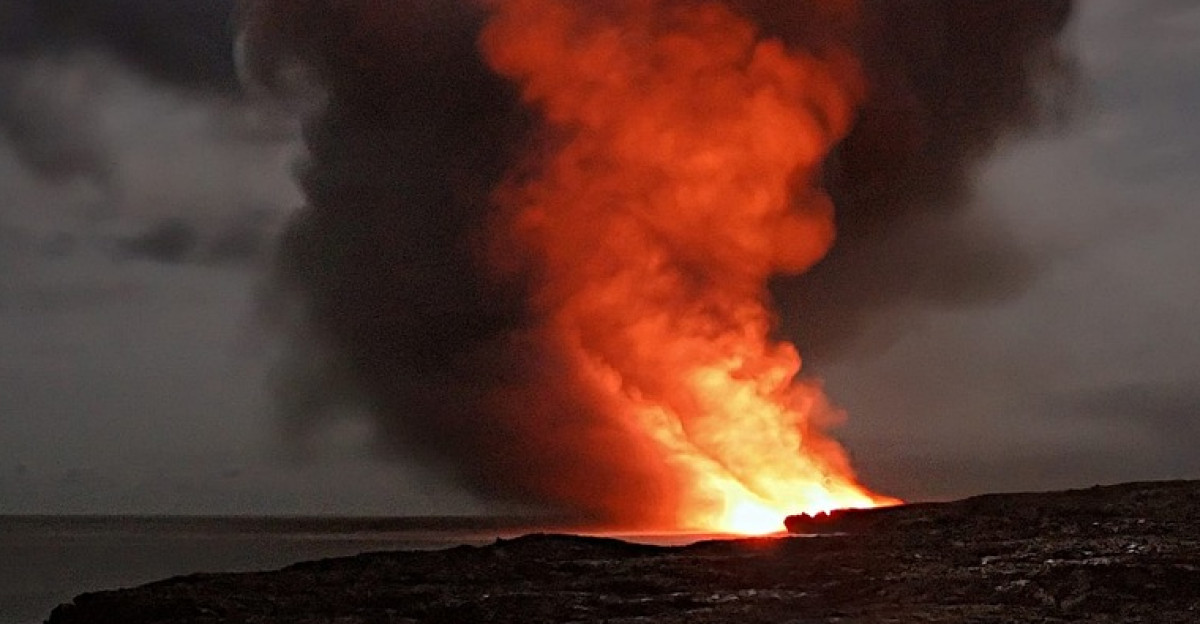
At approximately 10:46 PM local time on September 20, 2025, Lewotobi Laki-laki unleashed its most powerful eruption in months, states the Indonesian geological agency’s official bulletin. Multiple explosive events sent volcanic material soaring 6 kilometers above the peak, creating a towering column visible for dozens of kilometers across Flores Island. Emergency coordinators immediately activated evacuation protocols for all communities within the established danger zones.
Toxic Ash Cloud Blankets Communities as Air Quality Plummets
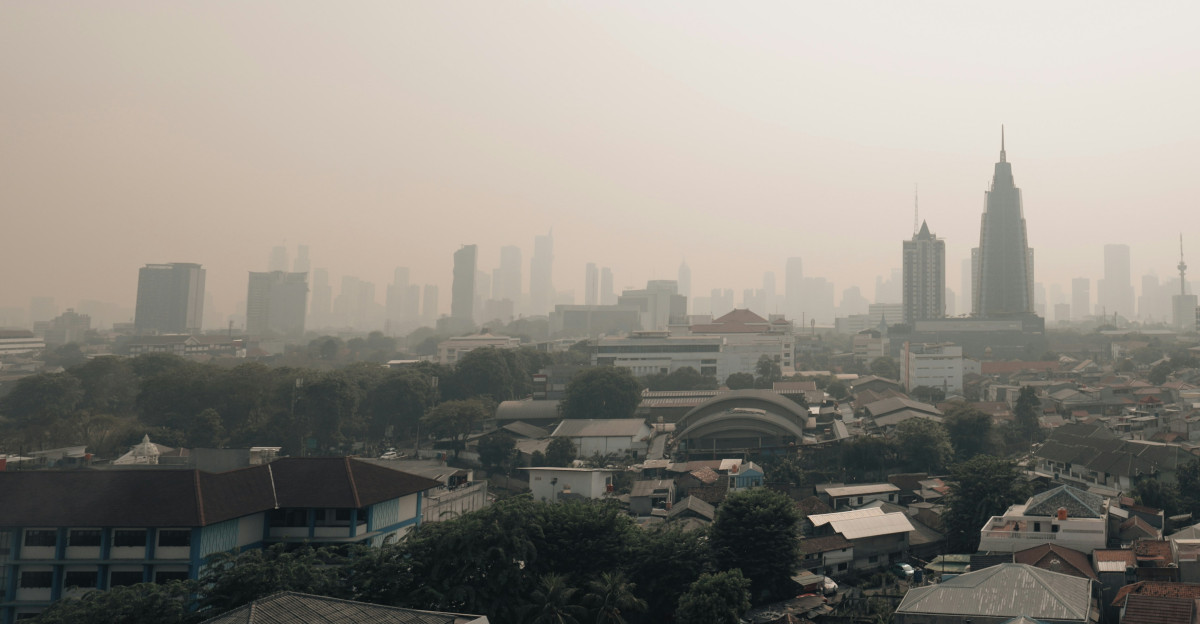
The massive ash plume from Lewotobi Laki-laki drifted steadily westward, according to atmospheric tracking data, enveloping Maumere and surrounding communities in a choking gray shroud. Local health authorities immediately suspended airport operations and issued urgent advisories for residents to remain indoors with windows sealed. The volcanic ash poses severe respiratory threats, particularly dangerous for children, elderly residents, and individuals with existing breathing conditions.
Thousands Face Urgent Evacuation as Deadly Pyroclastic Flows Threaten Villages
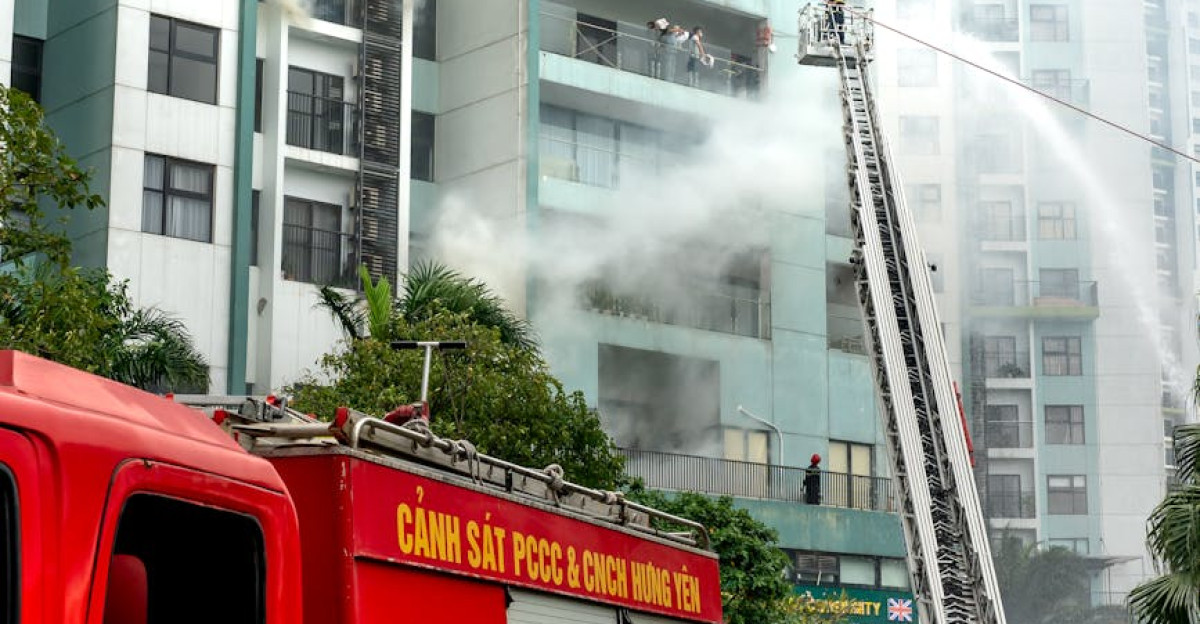
More than 4,000 residents living within the volcanic danger zone faced immediate evacuation orders as authorities warned of escalating threats, confirms disaster management agency reports. Muhammad Wafid emphasized the urgent need for compliance with safety advisories, stating that volcanic debris flows could prove fatal to anyone caught in their path. Communities situated near river valleys received specific warnings about lahar risks during periods of heavy rainfall.
Regional Aviation Hub Shuts Down as Ash Poses Critical Flight Safety Risks
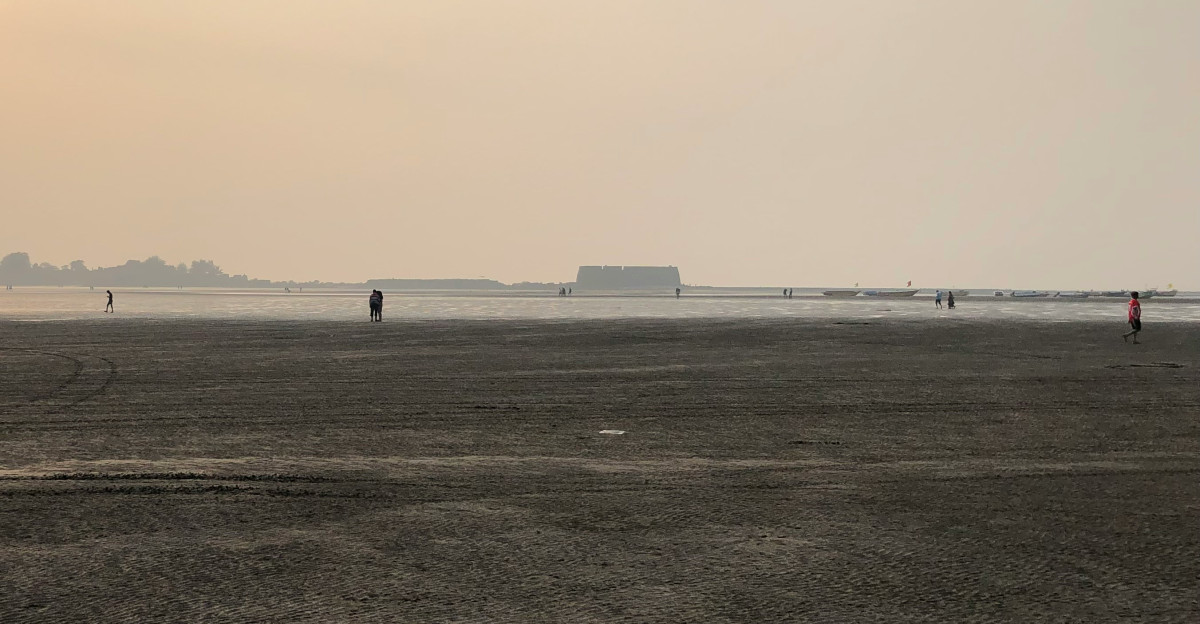
Maumere’s Frans Seda Airport, serving as a critical transportation link for Flores Island, suspended all operations indefinitely following the volcanic eruption, airport officials confirmed. Airlines moved quickly to reroute or cancel dozens of scheduled flights, creating cascading disruptions for travelers and essential cargo deliveries across the region. Aviation authorities raised the alert level to “Orange,” indicating continuing danger from volcanic ash clouds.
Pacific Ring of Fire Context Reveals Indonesia’s Perpetual Volcanic Nightmare

Indonesia’s location along the Pacific Ring of Fire places the nation at the epicenter of global volcanic activity, with this tectonic zone generating 90% of worldwide earthquakes and controlling two-thirds of active volcanoes. Scientists estimate that more than 130 active volcanoes dot the Indonesian landscape, making events like Lewotobi Laki-laki’s eruption an unfortunate but predictable reality. This natural volatility shapes daily life across the archipelago.
Exclusion Zone Enforcement Aims to Prevent Deadly Pyroclastic Flow Casualties
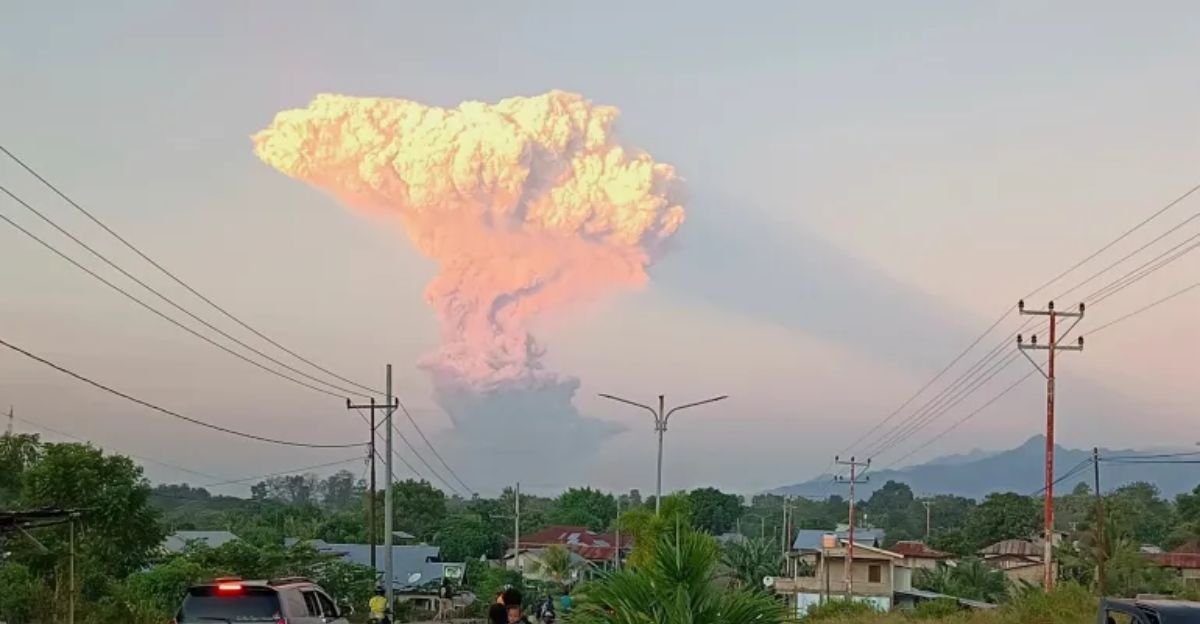
Emergency management officials established a comprehensive 6-kilometer exclusion zone around Lewotobi Laki-laki’s crater, with extended 7-kilometer restrictions in specific directional sectors based on historical eruption patterns. This safety perimeter represents lessons learned from previous volcanic disasters, particularly the November 2024 eruption that resulted in multiple fatalities. The exclusion zone specifically targets protection from volcanic ash, superheated pyroclastic flows, and potential lahars.
Community Tensions Rise as Repeated Evacuations Disrupt Island Life
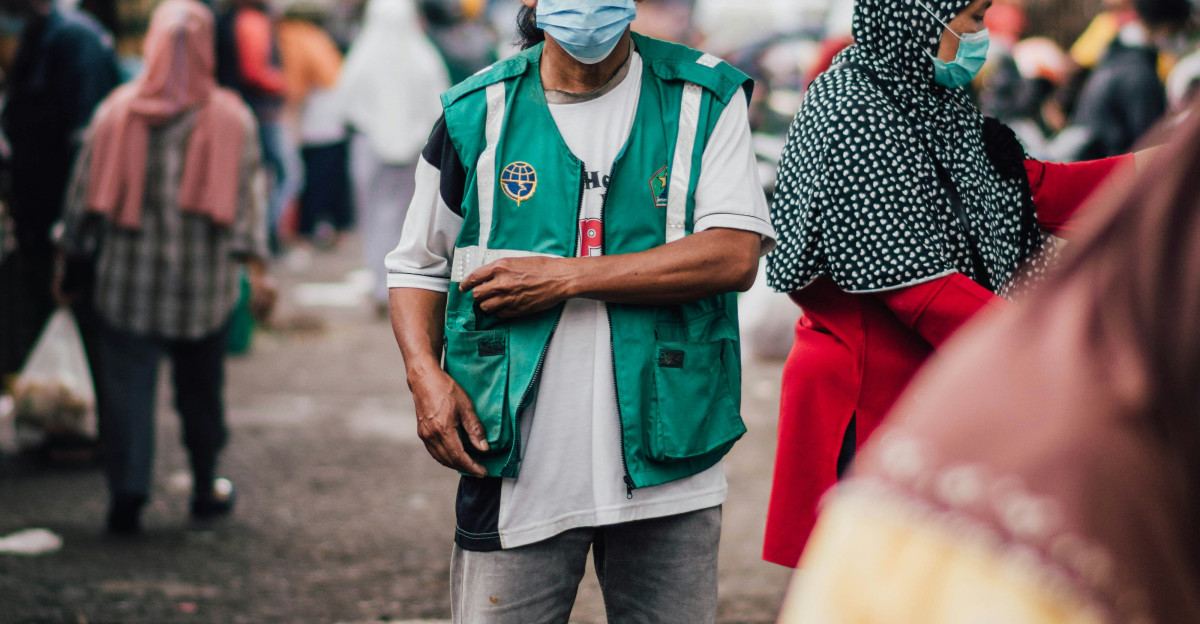
Local residents expressed mounting frustration with recurring evacuation orders that have disrupted their agricultural livelihoods and daily routines for months, community leaders report. Many families depend on farming activities that become impossible to maintain when volcanic ash contaminates crops and exclusion zones prevent access to cultivated land. The psychological toll of repeated emergency relocations has created tension within communities already struggling with economic uncertainties.
Emergency Leadership Coordinates Multi-Agency Response to Volcanic Crisis
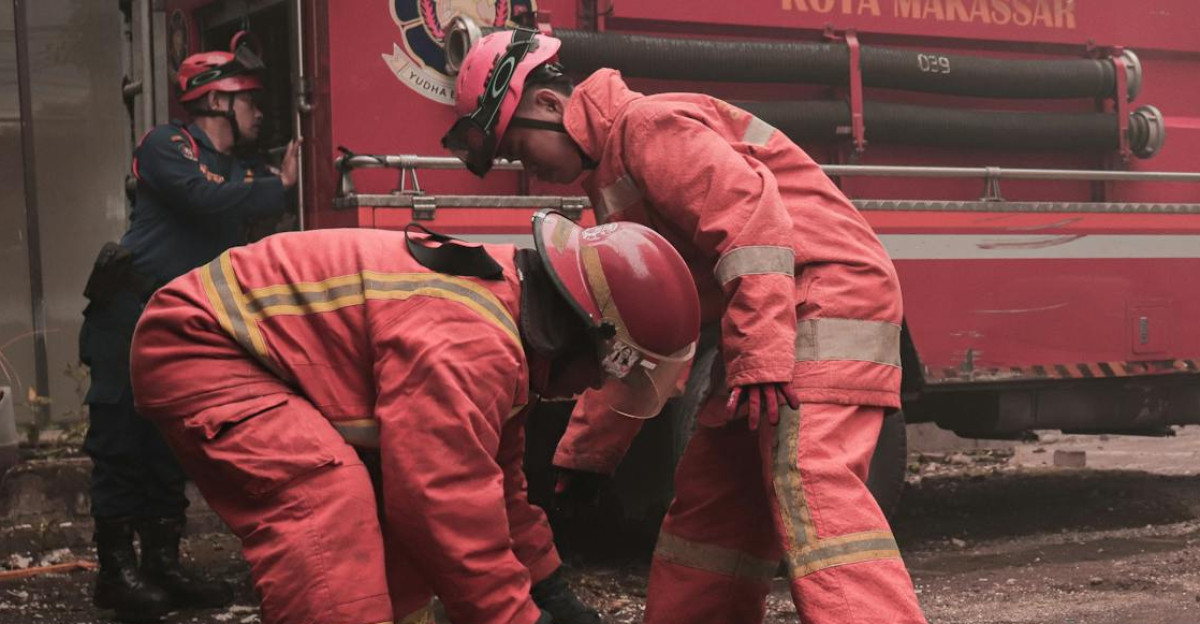
Muhammad Wafid and senior officials from the Center for Volcanology and Geological Hazard Mitigation coordinated comprehensive emergency response efforts with local government agencies across affected regions. The multi-agency approach ensures that evacuation orders reach remote communities while emergency shelters receive adequate supplies and medical support. Emergency coordinators emphasized that public safety remains the absolute priority throughout the crisis.
Disaster Relief Teams Mobilize as Displaced Families Seek Emergency Shelter

Disaster management agencies rapidly deployed relief teams to assist evacuated residents, establishing emergency shelters in Maumere and surrounding towns capable of housing thousands of displaced families. Relief operations provide essential services including food distribution, clean water access, and basic medical care for evacuees dealing with respiratory issues from volcanic ash exposure. Emergency shelters face capacity challenges as displaced residents continue growing.
Volcanic Experts Warn of Extended Eruption Period with Continued Threats
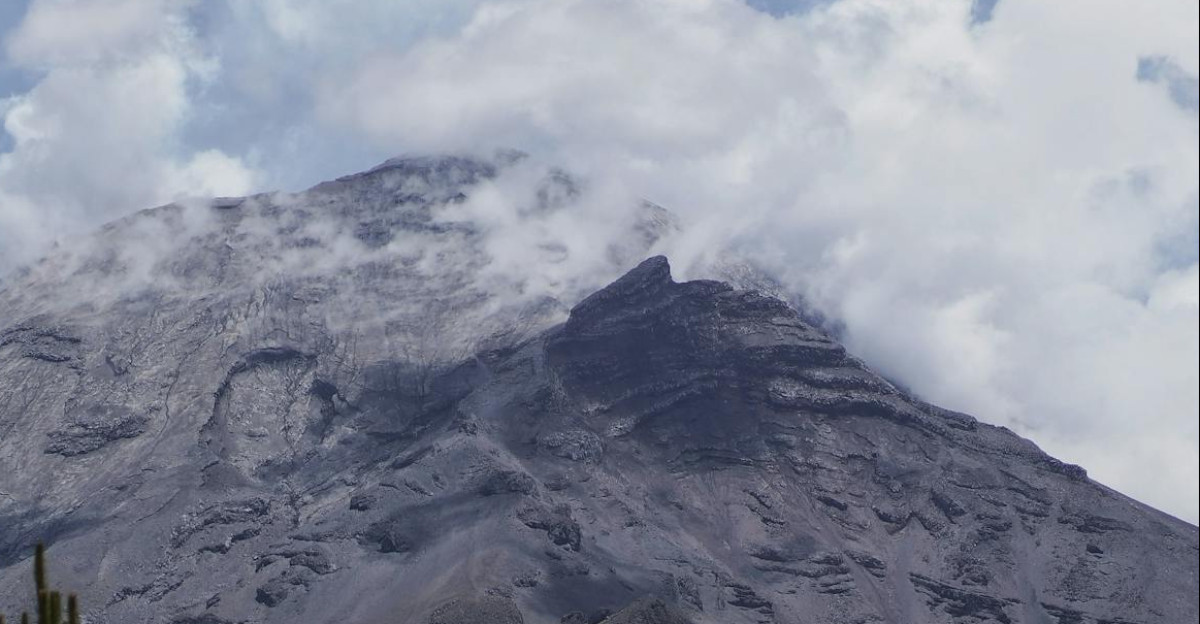
Leading volcanologists cautioned that Lewotobi Laki-laki’s current eruption cycle could persist for weeks or potentially months based on historical patterns and ongoing seismic monitoring data. Satellite imagery and ground-based sensors continue tracking volcanic activity to provide early warning for additional explosive events. Scientific analysis suggests that the underground magma system remains highly pressurized, indicating significant potential for future eruptions.
Government Officials Prepare Long-Term Contingency Plans for Sustained Crisis
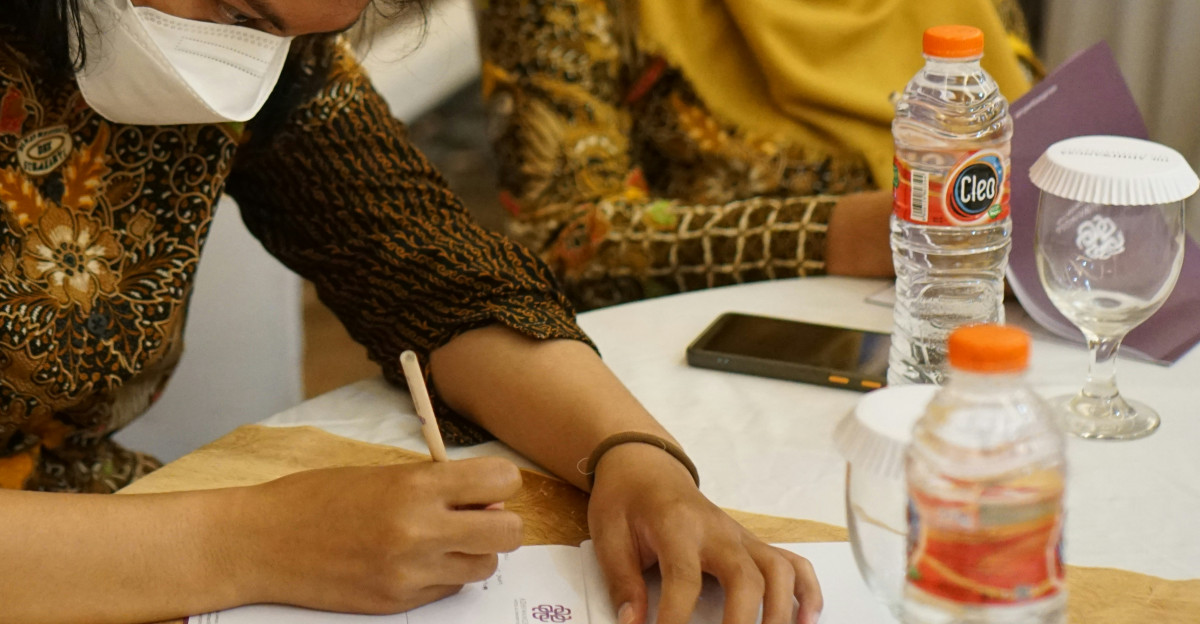
Indonesian authorities are developing comprehensive contingency plans for extended evacuations and prolonged airport closures as volcanic activity shows no signs of immediate resolution, government sources indicate. Emergency management protocols include provisions for sustained shelter operations, alternative transportation networks, and economic support for displaced communities. Officials recognize that short-term emergency responses must evolve into longer-term support systems.
Political Leaders Call for Increased Investment in Volcanic Monitoring Systems
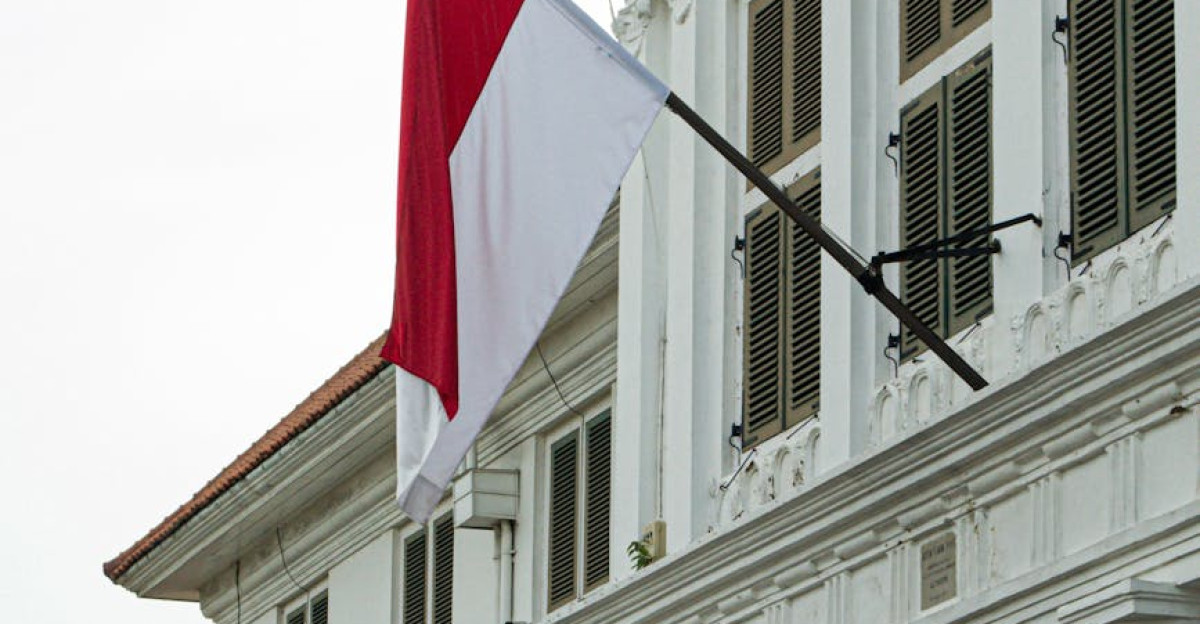
The Lewotobi Laki-laki eruption has prompted calls from Indonesian lawmakers for significantly increased government investment in volcanic monitoring technology and community disaster preparedness programs. Politicians in Jakarta are reviewing budget allocations for enhanced seismic monitoring networks that could provide earlier warning for future volcanic emergencies. Legislative discussions include proposals for improved evacuation transportation systems.
International Aviation Authorities Issue Regional Flight Advisories and Restrictions
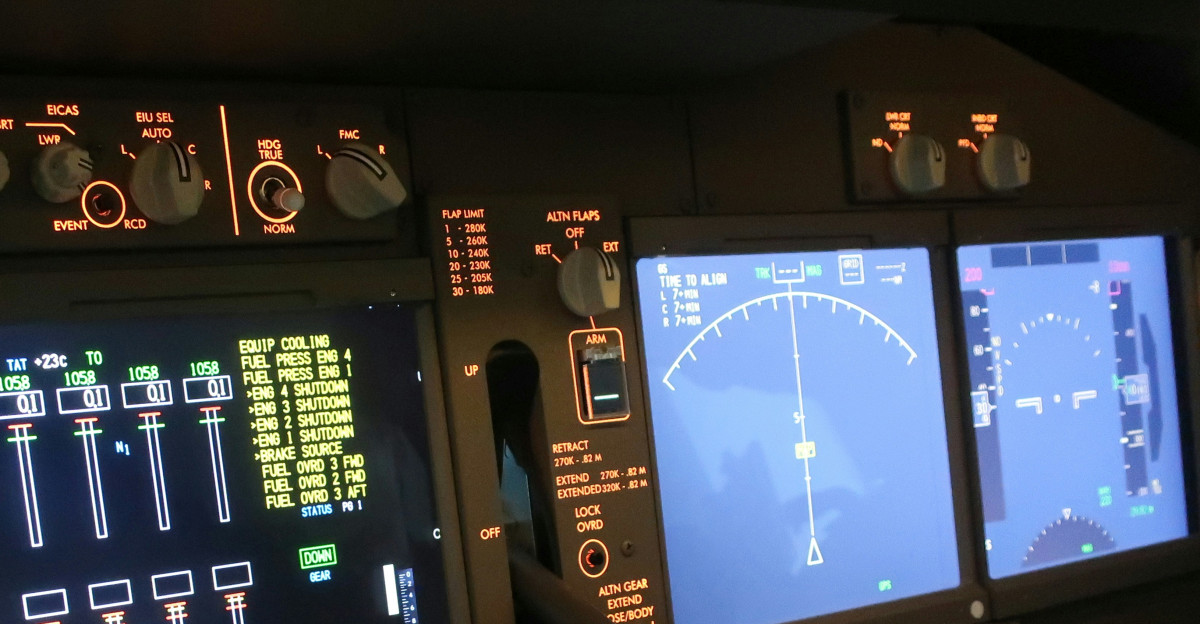
Indonesia’s volcanic eruption drew immediate attention from global aviation safety organizations and neighboring countries concerned about ash cloud trajectories and flight path disruptions. International airlines rerouted flights away from affected airspace while foreign embassies issued travel advisories warning citizens about volcanic hazards. The global aviation response highlights how volcanic events create far-reaching impacts on international transportation networks.
Environmental Scientists Assess Volcanic Impact on Local Ecosystems and Agriculture
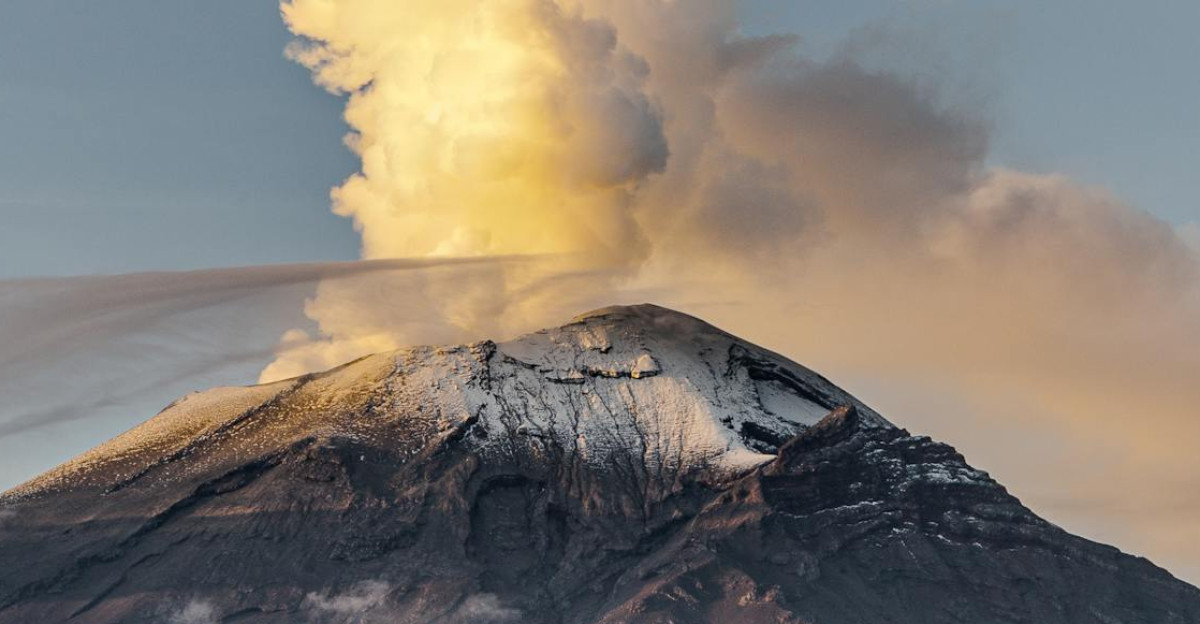
Volcanic ash from Lewotobi Laki-laki poses significant environmental risks to local ecosystems, with immediate concerns about water source contamination and agricultural damage across Flores Island. Environmental monitoring teams are conducting comprehensive assessments of ash impact on crop yields, soil composition, and biodiversity. The volcanic debris threatens both immediate food security and longer-term agricultural sustainability for farming communities.
Cultural Traditions Help Indonesian Communities Cope with Volcanic Threats
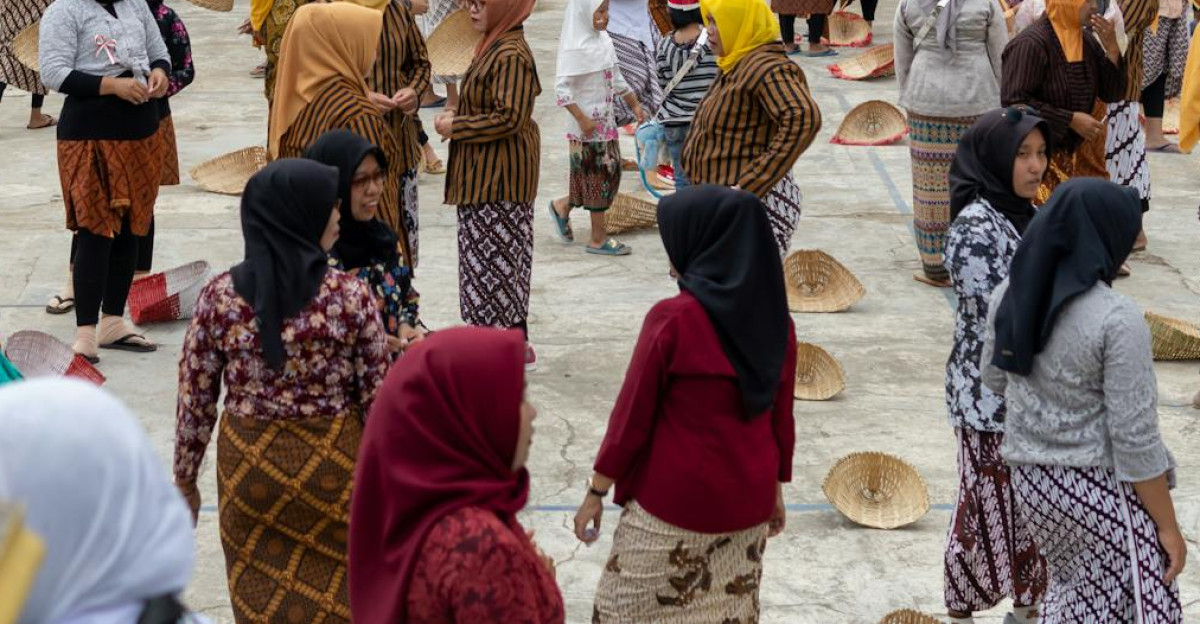
Indonesia’s centuries of volcanic activity have deeply influenced local cultural traditions and community practices, with residents near Lewotobi Laki-laki maintaining traditional rituals and beliefs that help them psychologically cope with recurring natural disasters. Local communities have developed sophisticated traditional knowledge systems for recognizing volcanic warning signs. Cultural practices include ceremonial activities intended to appease volcanic spirits and strengthen community bonds during crisis periods.
Ring of Fire Reality Underscores Indonesia’s Ongoing Vulnerability to Natural Disasters
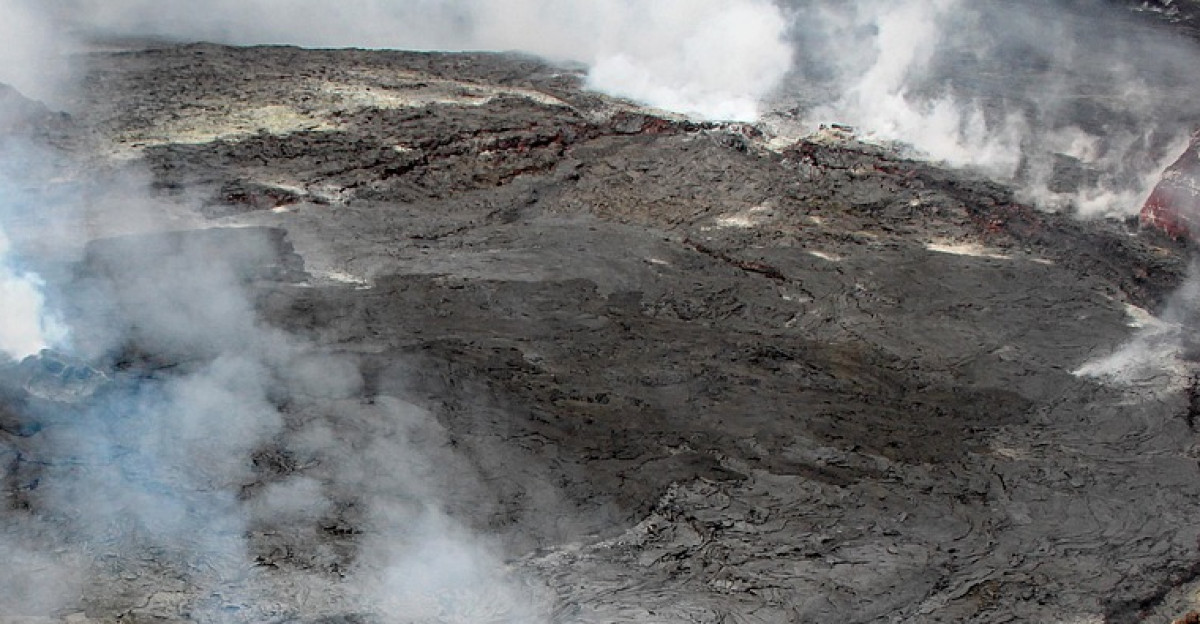
Lewotobi Laki-laki’s powerful eruption serves as a stark reminder of Indonesia’s perpetual vulnerability within the Pacific Ring of Fire, where geological forces create constant threats to millions of residents. Climate change and rapid population growth in volcanic regions are intensifying existing risks, making robust disaster management more crucial than ever. The ongoing crisis demonstrates that effective volcanic hazard management requires long-term commitment rather than reactive responses.